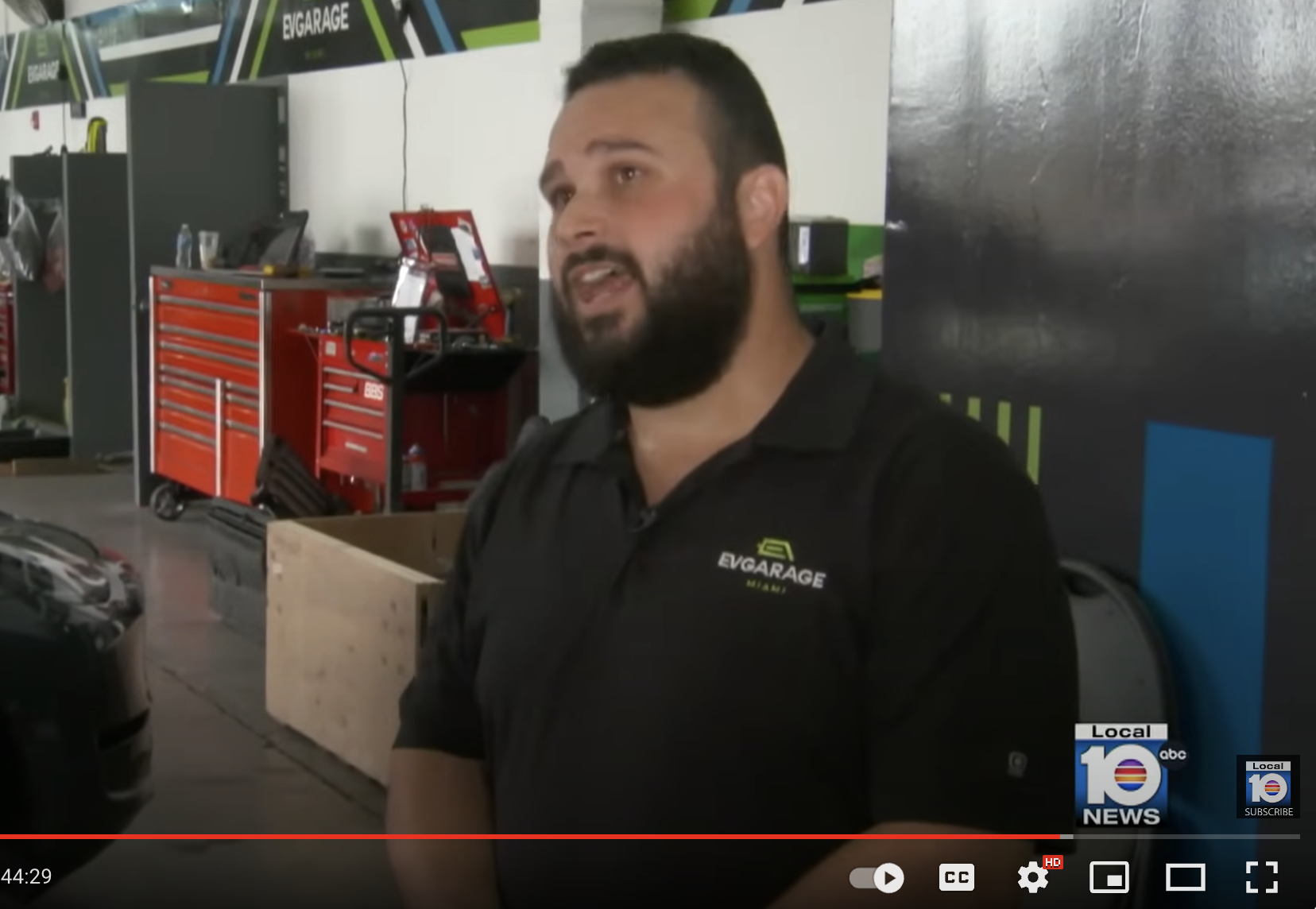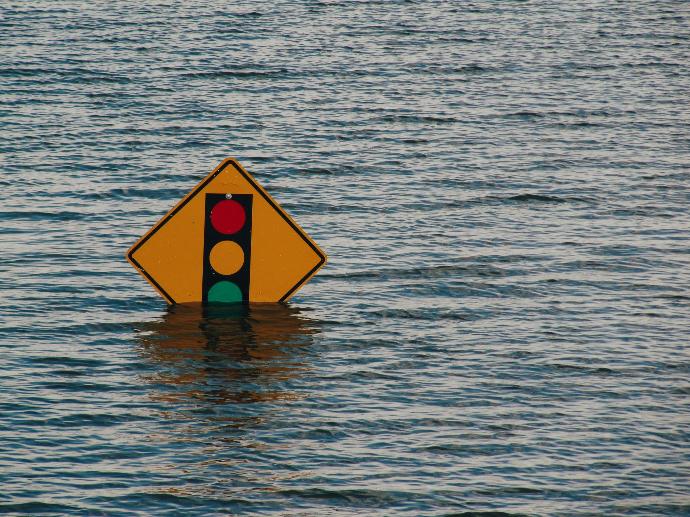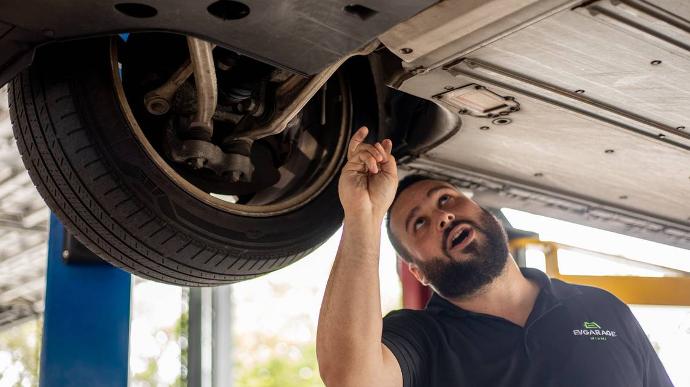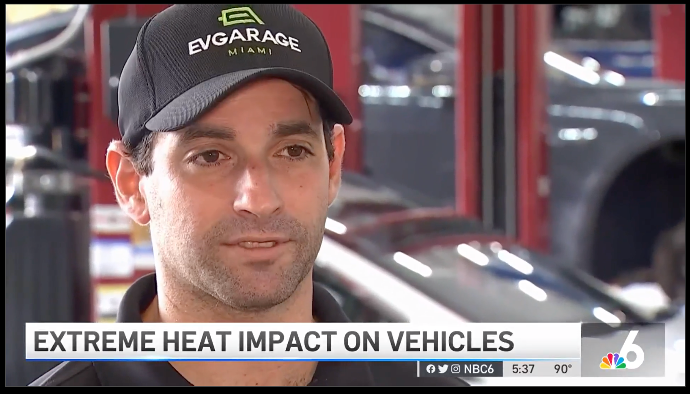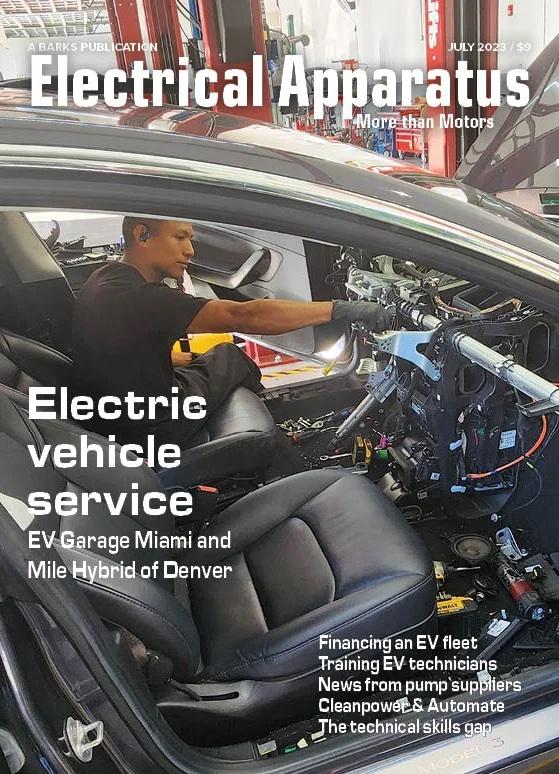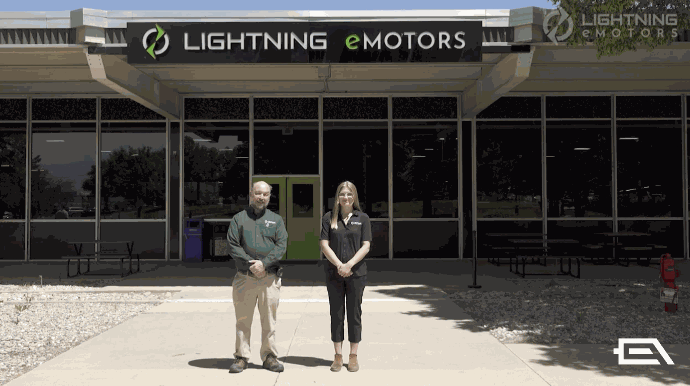Reading time: 3 min
Author: EV Garage Marketing Department / Jonathan Sanchez Tech Lead
In Miami, there's growing concern about the safety of electric cars, especially Teslas, during flooding. Owners of these vehicles are wondering whether Teslas can handle driving on flooded streets and how flooding affects electrical systems, the battery, and other components. With the help of our Tech Lead, Jonathan Sanchez, we'll explain the pros and cons and the myths and truths about water damage to Teslas.
Key Points:
- Tesla Battery Construction
- Water Resistance of Tesla Batteries
- Repair Costs
- Preventive and Safety Measures
- Electric Vehicles are Designed to be Safe
- Safety Statistics and Design
Tesla Battery Construction
A Tesla battery comprises lots of lithium-ion cells, put together in modules. For example, the Tesla Model 3 has a 400-volt high-voltage battery at the bottom of the vehicle.
Water Resistance of Tesla Batteries
The main parts of a Tesla, like the battery and electric motors, are sealed and protected. But these seals aren't perfect and can wear out over time, which could lead to leakage. Only authorized high-voltage battery mechanics can access the battery for diagnostics. At EV Garage, we have certified mechanics for this task.
Repair Costs
Jonathan Sanchez says that repairing a water-damaged EV can sometimes be cheaper than repairing a combustion engine car. A mechanic can remove and dry the battery following safety protocols, which could take about an hour and cost about $500, depending on the damage. In more severe cases, water can cause "catastrophic" battery failure, with repairs that could cost up to $18,000.
Preventive and Safety Measures
If your Tesla has been exposed to flooding, it's important to treat it as if it were an accident. Contact your insurance company and don't try to use the vehicle until it's been inspected by an expert. Move the vehicle or move it away from any structures to avoid additional risk.
Electric Vehicles are designed to be safe
Brent Gruber, Executive Director of J.D. Power's Electric Vehicle Practice, says that while electric vehicles are seen as better at withstanding water than internal combustion vehicles, this isn't always true. Electric cars are designed to be safe in the rain, but they're not built for deep water.
Safety Statistics and Design
Electric vehicles are 54.4% less likely to hydroplane than gasoline cars thanks to their weight. EV tires are designed with high traction, which makes them safer. However, it only takes a few inches of water to swerve a vehicle, so it is crucial to avoid driving in flood waters.
If you think your car has suffered a breakdown due to flooding, don't hesitate to contact us. At EV Garage, our certified technicians can service your high-voltage battery and offer you affordable and safe solutions.
For more info and help, stop by EV Garage Miami and chat with our electric vehicle experts.
*Note: Only a qualified technician should service the high-voltage system. Never open the battery or mess with it. Don't disassemble, remove, or replace high-voltage connectors, cables, or components. High-voltage cables are usually orange for easy identification.

